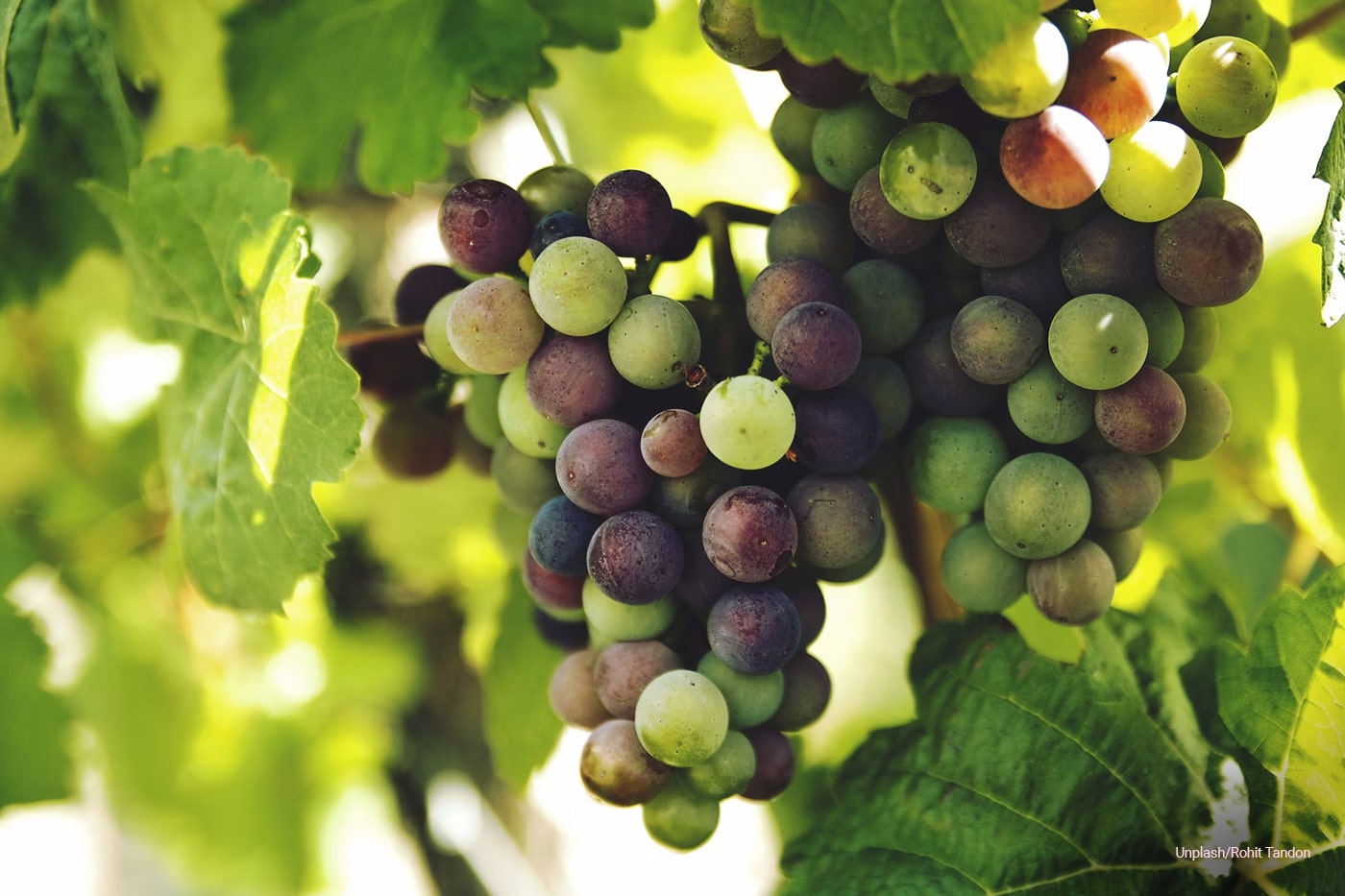As winter begins to wane, February offers the perfect opportunity to start your berry and fruit tree garden. Late winter planting allows trees, canes, and strawberries to establish roots before spring growth begins. Whether you’re a seasoned gardener or a beginner, this guide will help you choose the best varieties and provide essential tips for a fruitful harvest.
Contents []
Why Plant Fruit Trees and Berries in February?
Planting in late winter gives fruit trees and berry plants a head start by allowing their roots to settle before warmer temperatures spur growth. This results in stronger, healthier plants that are more resistant to drought and pests. Additionally, bare-root fruit trees and berry canes are widely available at nurseries in February, often at a lower cost than potted plants.
What types of fruit trees are best for planting in February?
Planting fruit trees, canes, and strawberries in February is a great way to kickstart your garden for the growing season. Here’s a guide to help you get started:
Fruit Trees

Depending on your climate, consider apples, pears, cherries, or plums. Look for varieties suited to your zone.
- Apple Trees – Hardy and adaptable, apples thrive in various climates.
- Pear Trees – Great for cold regions, pear trees require minimal maintenance.
- Plum Trees – Fast-growing and productive, plums offer a delicious harvest.
- Peach Trees – Best suited for warmer climates, peaches need full sun and well-drained soil.
Berry Canes
Raspberries, blackberries, and blueberries are excellent choices. Make sure you select types that fit your local conditions and preferences.
- Raspberries – Excellent for home gardens, producing fruit in summer and fall.
- Blackberries – Vigorous growers that provide sweet, juicy berries.
- Blueberries – Require acidic soil but reward gardeners with antioxidant-rich fruit.
Strawberries

Both June-bearing and everbearing strawberries can be planted in late winter, depending on your growing zone.
- June-bearing Strawberries – Produce a large crop in early summer.
- Everbearing Strawberries – Yield smaller harvests throughout the growing season.
In February, it is a great time to start planting berry and fruit tree gardens, especially in temperate climates. You can plant bare-rooted fruit trees and bushes, and it’s also a good period to pot up strawberry plugs or bare-rooted plants. Additionally, you can start sowing alpine strawberries indoors. Remember to prune existing fruit trees and bushes to encourage healthy growth.
How do I prepare my soil for planting fruit trees?

Preparing your soil for planting fruit trees is crucial for their health and productivity. Here’s a step-by-step guide to help you get started:
1. Choose the Right Location
- Sunlight: Select a spot that receives at least 6-8 hours of sunlight daily.
- Drainage: Ensure the area has good drainage to prevent waterlogging, which can damage the roots.
2. Test Your Soil
- pH Level: Use a soil testing kit to check the pH of your soil. Most fruit trees prefer a pH between 6.0 and 7.0.
- Nutrient Levels: The test will also indicate nutrient levels, helping you understand what amendments you may need.
3. Clear the Area
- Remove any weeds, grass, rocks, or debris from the area where you plan to plant.
- Break up compacted soil to improve aeration.
4. Amend the Soil
- Organic Matter: Incorporate compost or well-rotted manure into the soil to improve fertility and structure.
- Soil Amendments: Based on your soil test results, add necessary amendments (lime to raise pH, sulfur to lower pH, etc.).
5. Dig Your Holes
- Depth and Width: Dig holes that are twice as wide and as deep as the root ball of your fruit tree.
- Loosen the Bottom: Loosen the soil at the bottom of the hole to encourage root growth.
6. Improve Drainage (if needed)
- For heavy clay soils, you can create a raised bed or add sand or gravel to improve drainage.
7. Watering Before Planting
- If the soil is dry, water it a day or two before planting to ensure it is moist but not soggy.
8. Plant Your Trees
- When you’re ready to plant, gently place the tree in the hole, making sure the top of the root ball is level with or slightly above the soil surface.
- Fill in with soil and tamp down lightly to eliminate air pockets.
9. Mulch and Water
- Apply a layer of mulch around the base (avoid the trunk) to retain moisture, suppress weeds, and maintain a stable temperature.
- Water the tree thoroughly after planting.
10. Monitor and Maintain
- Keep an eye on your young trees during their first growing seasons. Water regularly, especially during dry spells.
By preparing your soil correctly, you’ll set a solid foundation for your fruit trees to thrive!
Berry February: Creating Your Fruit Garden

February is an ideal time to begin your fruit garden, setting the stage for a bountiful harvest in the months ahead. By selecting the right fruit trees, berry canes, and strawberries and following proper planting techniques, you’ll enjoy fresh, homegrown produce for years to come. Get started now and watch your garden flourish!



